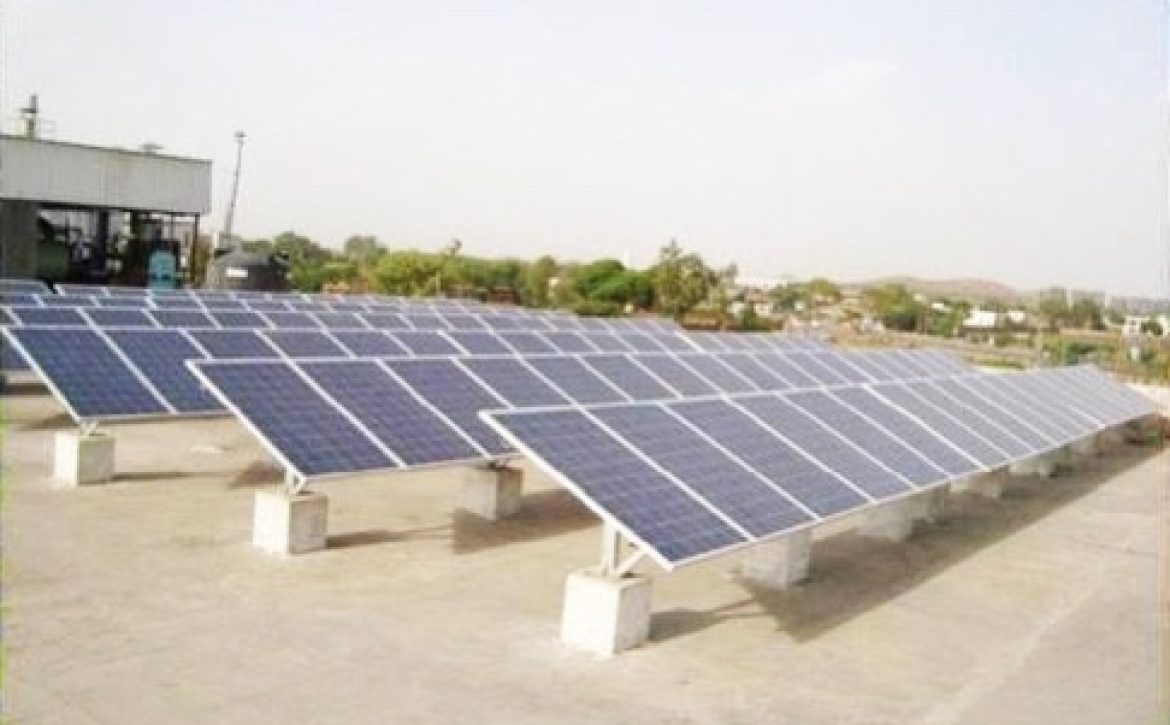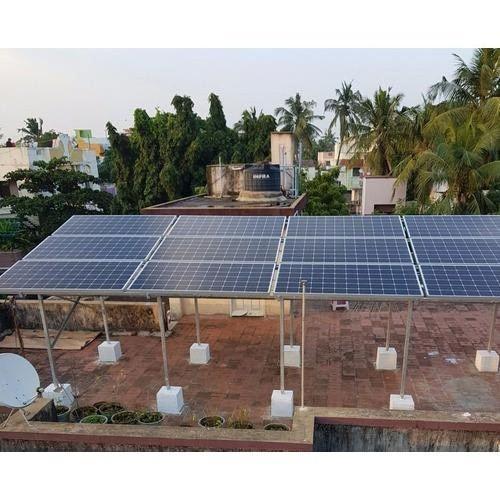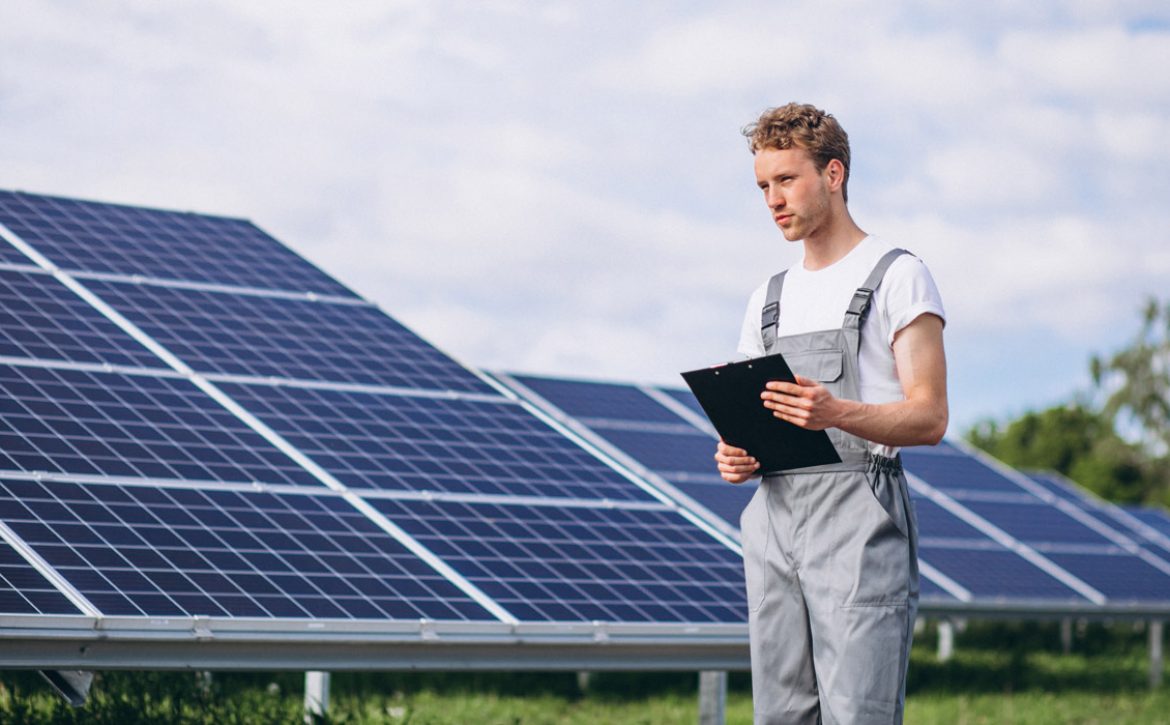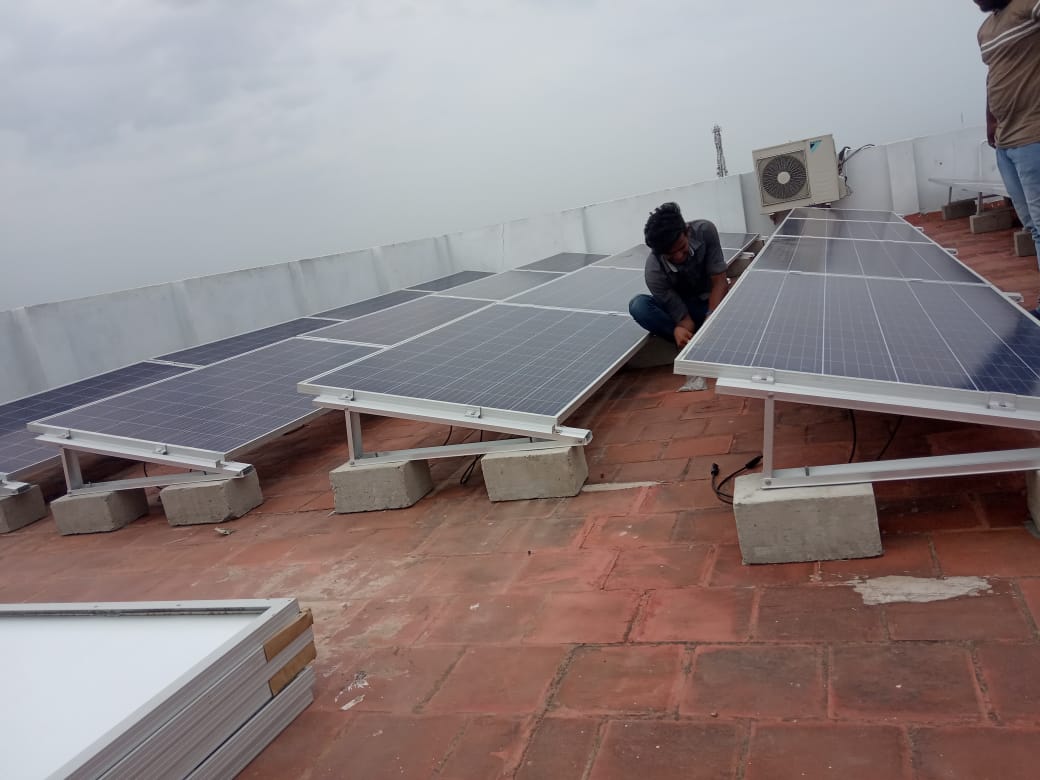Why Solar drone thermography?
In the day-to-day management and upkeep of solar power plants, drones have quickly become an indispensable tool. Drones, thermal imaging, and software are used to detect and report module irregularities.
Solar panels can have faults that are easily rectifiable if discovered early. We think it’s important to understand the benefits and drawbacks of each thermographic inspection technique so you can select the best option for your solar PV portfolio.
To get you started, we’ve gone over the basics of aerial thermography and the rewards of regular thermographic inspections.
What Drone Thermography Is and How It Works
- Drones are currently a common tool for thermographic solar plant inspections for many solar PV companies.
- Drone thermography gives a low-cost, highly accurate, and 100% complete view of a solar power plant, down to a molecular level.
- This means that manual string measurements and random ground-based thermography are no longer needed to check the electrical integrity of the solar plant.
- Drones can inspect large PV systems more quickly and give important information using high-resolution thermal technology that can spot changes in heat.
- Drone thermography is useful throughout the lifetime of a solar power plant.
Drones Reduce Inspection Time
Reduced inspection time is the main reason organizations use drones for solar checks. Thermal inspections can be completed by drones in 10 minutes per MW, whereas manual procedures such as I-V curve tracing need two to five hours / MW.
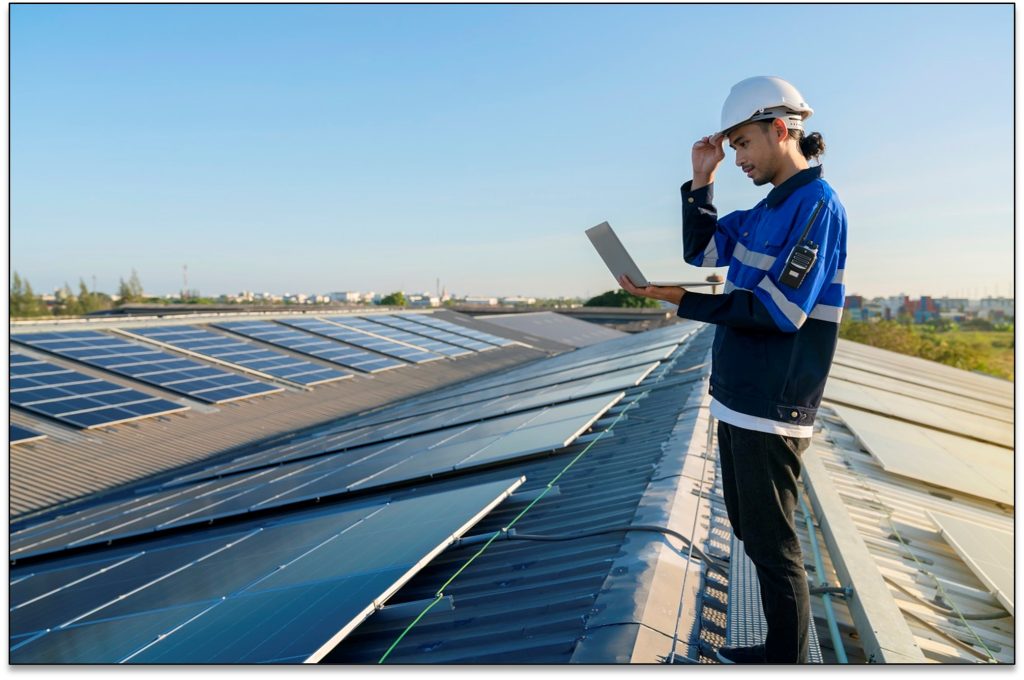
Drones can undertake solar inspections at 15 mph, far faster than humans. An experienced drone pilot understands how to picture the PV system from above at the proper shooting angle, time intervals, and speed.
Construction
Drone thermography can identify quality, construction, and commissioning issues at an early stage, avoiding early yield and revenue loss.
Pre-commissioning and commissioning
Drone thermography performed at provisional acceptance certification (PAC) gives a complete plan for the engineering, procurement, and construction company (EPC) to address any concerns found as well as a primary prevention standard for all of the modules.
Prior to intermediate (IAC) or final acceptance, a second thermographic check must be performed (FAC).
Operational solar plant
Drone thermography should be performed yearly during long-term operation so that you have a timeline to refer to over the course of the solar plant’s life and can discover performance trends.
Regular thermographic inspections detect problems that may be the cause of a poorly performing solar plant and focus engineering resources on fixing them.
Drones Can Inspect Every Panel
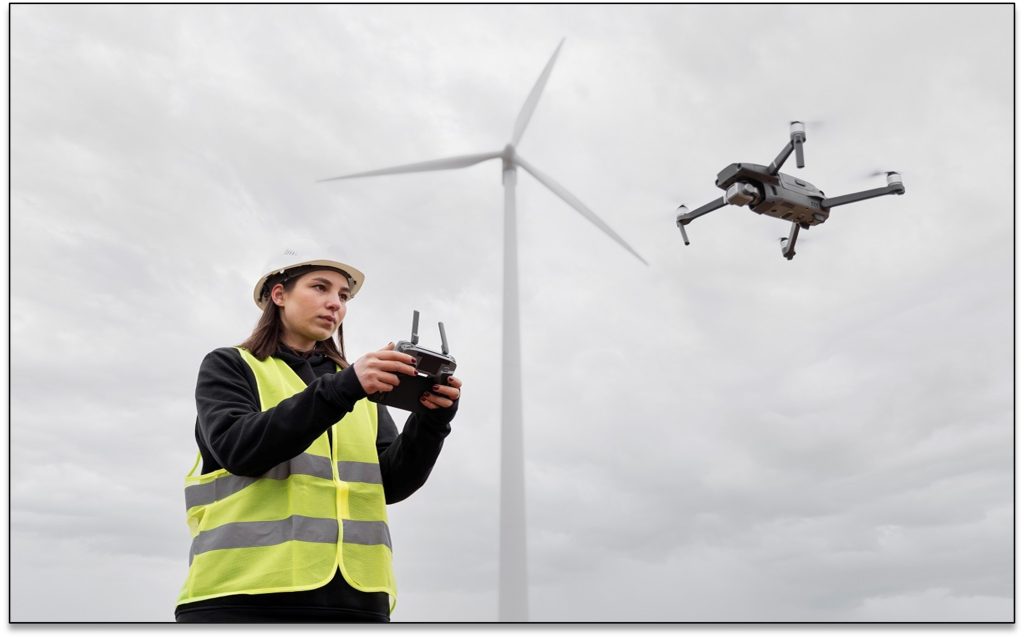
It can be overwhelming to evaluate every module quickly and affordably due to the magnitude of solar farms and business rooftop PV systems. Drones offer an alternative that enables solar energy providers to acquire detailed information about their entire Solar panel, even down to the cell level.
Using drone-collected thermographic data for preventative maintenance
Drone thermography enables the move from a reactive maintenance plan to a preventative maintenance strategy. There are important points to think about that influence the quality of the data collected and the way in which it is transformed into legitimate information for your team.
There are two main methods of thermographic and visual data collection. One is the ‘Orthomosaic Method’ and the other ‘Radiometric Video Method’.
Drones Reduce Costs of Solar Inspections
Many solar firms put off PV system inspections due to expenses. Manual inspections take a lot of time, and the cost of all those man hours adds up.
Additionally, manual checks necessitate a temporary shutdown of the PV system, which results in additional income losses and much lower energy production from undetected defective equipment.
Moreover, there is no need to shut off the power generation because a drone may investigate the location while it is still connected to the grid.
Warranty Claims
If a piece of solar equipment isn’t functioning up to standard, you may need to make a warranty claim. Drones can provide you with the granular level of detail necessary to validate your claim with the warranty company.
With a drone solar inspection, you’re getting more accurate, time-effective, and low-cost information, so you can make sure your panels remain operating at their highest potential.
- Call us Tel: 9952054308
- chat with us:
- Email us: ram@solstrom.in

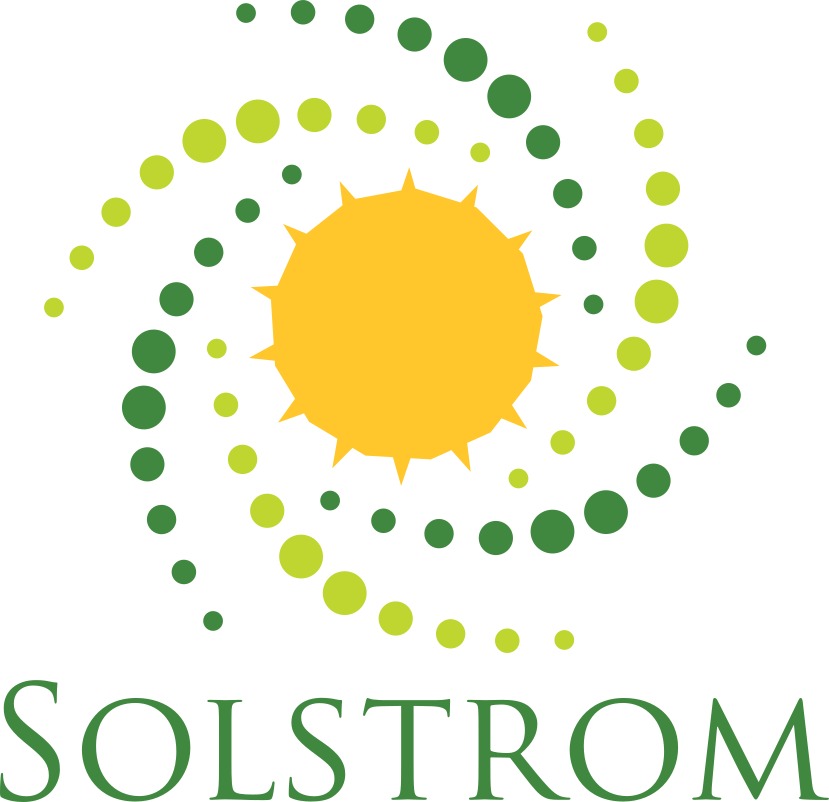


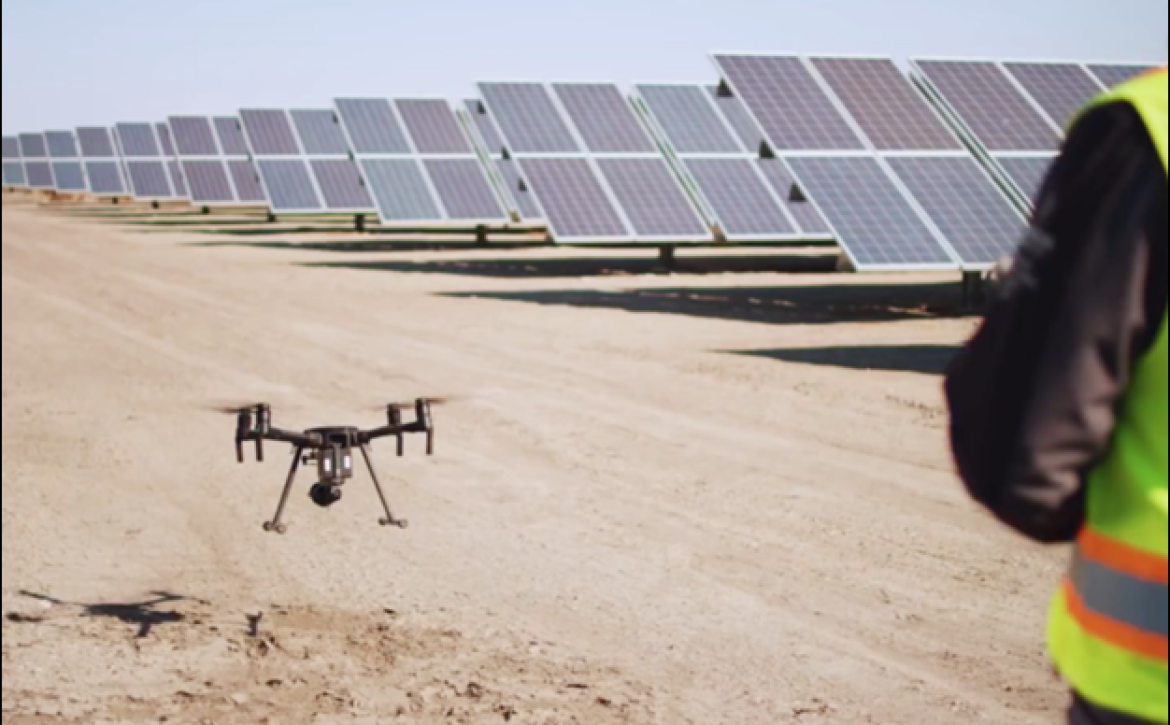
 1. Solar panel systems are a great way for you to save money, no matter what your budget is.
1. Solar panel systems are a great way for you to save money, no matter what your budget is. 2. Installing a solar panel system is a great investment.
2. Installing a solar panel system is a great investment. 3. Solar photovoltaic systems have been around for a long time.
3. Solar photovoltaic systems have been around for a long time. 4. Solar panel systems are highly durable.
4. Solar panel systems are highly durable. 5. Solar power systems can produce electricity for 25 or more years.
5. Solar power systems can produce electricity for 25 or more years. 6. Solar power systems are practically maintenance-free.
6. Solar power systems are practically maintenance-free. 7. Solar panels can be installed almost anywhere in the India.
7. Solar panels can be installed almost anywhere in the India. 8. Solar energy systems are tied to the electric grid and do not require batteries to store power.
8. Solar energy systems are tied to the electric grid and do not require batteries to store power. 9. Solar power systems can eliminate most of your electricity bill.
9. Solar power systems can eliminate most of your electricity bill. 10. Solar photovoltaic panels can be installed on the roof of your home or commercial property, on the ground or on a solar canopy.
10. Solar photovoltaic panels can be installed on the roof of your home or commercial property, on the ground or on a solar canopy.